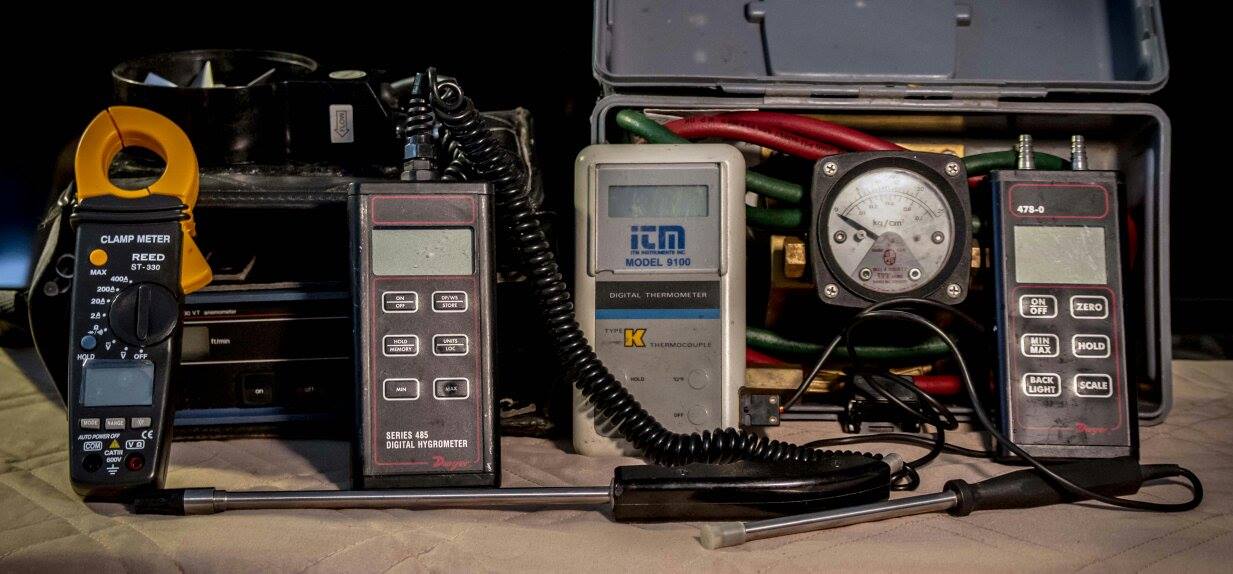Concrete Handling, How to handle concrete

Concrete handling speaks to how to handle concrete, what is concrete handling at construction sites.
This is dictated by the fact that concrete is not a liquid but is a slurry which is a semistable mixture of solids suspended in a liquid.
If in fact while in transit if it subject to excessive vibration, moved horizontally for long distances in its forms or dropped through constrained spaces it is probable that it will segregate. This simply means that the coarse aggregate will migrate to the bottom of the form and the water and cement paste will migrate to the top. When this occurs the concrete will be nonuniform and result in poor concrete properties.
This effect may be negated by delivering the concrete, fresh from the mixer as close to its desired position as possible using hoses or conveyed by buckets or wheelbarrows rather than pushed through the formwork. When dropping concrete in a free fall it should be done through dropchutes which will break the fall and prevent segregation.
Concrete should be consolidated to eliminate trapped air and to fill completely the space around the reinforcing bars and in all corners of the formwork. This can be done by repeatedly thrusting a rod, spade, or immersion type vibrator into the concrete at closely spaced intervals throughout the formwork. It must be stated that excess agitation of the concrete must be avoided or segregation may occur.
Self consolidating concrete that will fill forms completely without any agitation as it is formulated with more fine than coarse aggregates which is a reversal of the usual format. As well it includes special superplasticizing admixtures which are based on polycarbaxlate ethers and other viscosity modifying agents. This type of concrete is especially helpful when the formwork is crowded with much reinforcing support bar.
The
consistent surface characteristics and sharp edges produced by self-consolidating
suits the production of of high finish and quality architectural concrete. By
eliminating the separate consolidation step and allowing more rapid placement,
self-consolidating concrete can improve productivity in precast concrete
operations. However, formwork costs for this type of concrete will be higher
than that of conventional concrete, as the greater fluid pressures exerted by
the freely flowing material will require forms that are both stiff and strong.
Return from Concrete Handling to Home Page
Return from Concrete Handling to Explain Concrete
Hard copy and E book for sale. Introduction to Building Mechanical Systems. Click here.